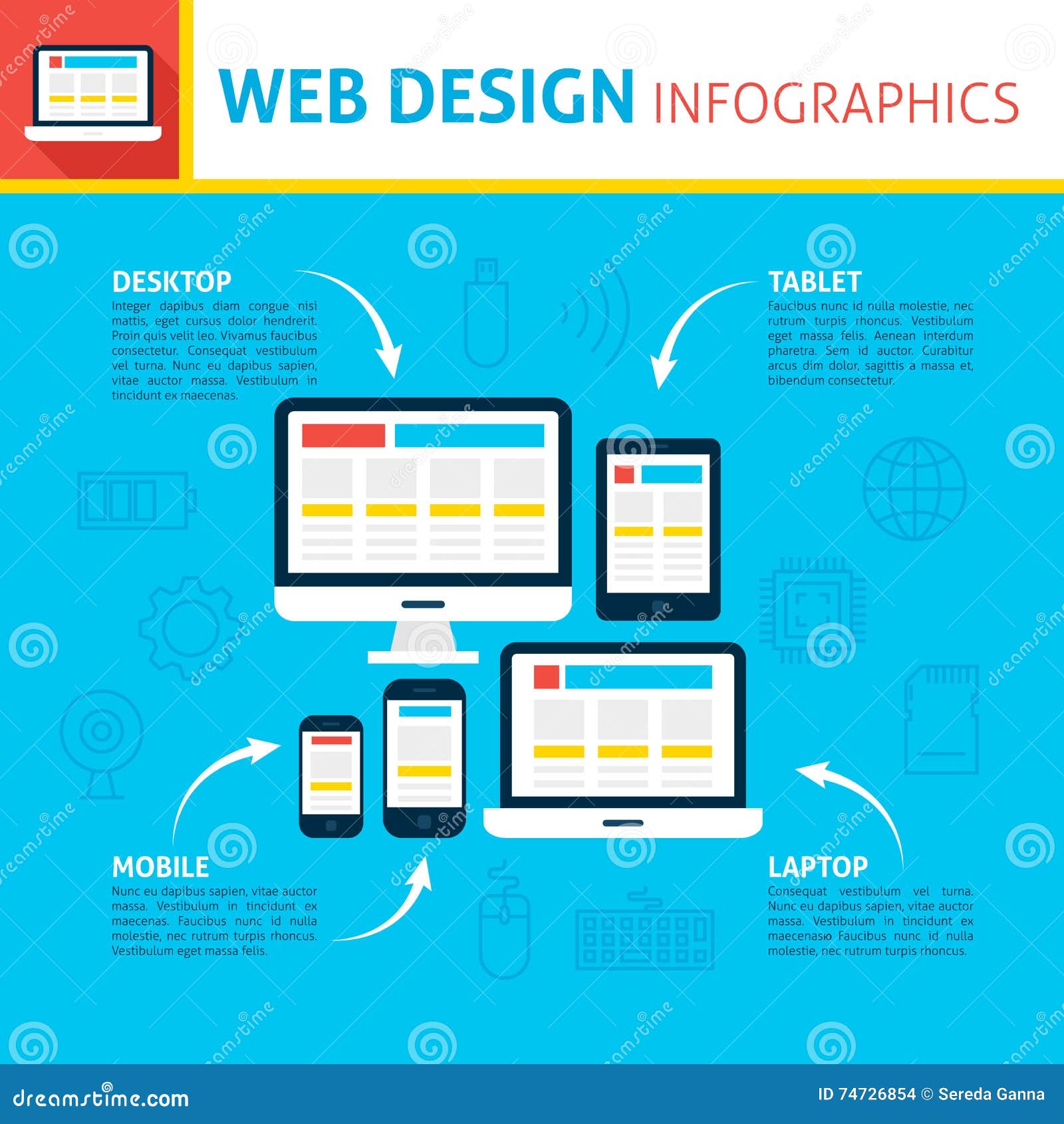Prepare To Journey Via Time And Find Just How Sites Have Ended Up Being Extra Sophisticated, User-Friendly, And Visually Stunning
Prepare To Journey Via Time And Find Just How Sites Have Ended Up Being Extra Sophisticated, User-Friendly, And Visually Stunning
Blog Article
Web Content By-Booker Dalby
In the past, websites were straightforward and focused on info. Navigation was straight, and design was for desktops. Currently, individual experience is essential. Data guides styles for easy navigation. Responsive designs fit various devices. Today, dark mode lowers pressure, and minimal food selections enhance navigation. Interactive attributes involve users, and strong visuals stand out. AI integration increases involvement. See exactly how style has actually developed to improve your on-line trip.
Very Early Days of Web Design
In the early days of web design, simplicity reigned supreme. Web sites were fundamental, with limited shades, font styles, and formats. The focus got on offering information as opposed to flashy visuals. try this site accessed the internet with slow dial-up links, so rate and capability were key.
Navigating food selections were straightforward, normally situated at the top or side of the web page. Websites were made for home computer, as mobile surfing had not been yet prevalent. Web content was king, and designers focused on simple readability over intricate style aspects.
HTML was the primary coding language used, and designers had to function within its constraints. Computer animations and interactive functions were minimal compared to today's requirements. Web sites were static, with little dynamic material or individualized customer experiences.
Rise of User-Focused Design
With the advancement of site design, a shift in the direction of user-focused design principles has come to be significantly popular. Today, developing sites that focus on user experience is vital for involving visitors and attaining organization goals. User-focused design includes understanding the needs, preferences, and behaviors of your target market to tailor the web site's format, content, and features appropriately.
Designers now perform extensive research study, such as individual studies and usability testing, to gather understandings and comments straight from individuals. This data-driven technique aids in creating intuitive navigation, clear calls-to-action, and aesthetically enticing interfaces that resonate with visitors. By positioning the user at the facility of the layout procedure, internet sites can deliver a more customized and enjoyable experience.
Responsive layout has actually likewise emerged as a vital element of user-focused layout, making sure that internet sites are maximized for different tools and screen dimensions. This adaptability enhances ease of access and use, accommodating the varied means customers engage with websites today. Basically, the surge of user-focused style represents a shift towards developing electronic experiences that prioritize the needs and assumptions of the end user.
Modern Trends in Web Design
Explore the current trends forming website design today. One prominent pattern is dark setting layout, using a streamlined and contemporary look while lowering eye strain in low-light environments. An additional essential fad is minimalist navigation, simplifying food selections and enhancing customer experience by concentrating on essential elements. Integrating micro-interactions, such as animated switches or scrolling effects, can produce an extra appealing and interactive site. Receptive design remains crucial, ensuring smooth customer experiences throughout different gadgets. In addition, using bold typography and asymmetrical designs can add aesthetic passion and draw attention to details content.
Incorporating AI technology, like chatbots for client support or personalized referrals, enhances customer involvement and simplifies procedures. Accessibility has additionally become a considerable trend, with designers prioritizing inclusive style techniques to satisfy varied individual needs. Embracing sustainability by optimizing web site performance for rate and performance is another emerging trend in web design. Teaming up with user feedback and data analytics to iterate and improve style constantly is important for staying pertinent in the ever-evolving digital landscape. By embracing these modern fads, you can create an aesthetically appealing, user-friendly web site that reverberates with your audience.
Verdict
As you review the evolution of website style from the early days to now, you can see how user-focused design has actually come to be the driving force behind modern-day trends.
Accept the journey of modification and adaptation in web design, constantly keeping the customer experience at the forefront.
Stay current with the most up to date trends and modern technologies, and never quit evolving your strategy to create aesthetically stunning and user-friendly sites.
Advance, adjust, and create - the future of web design is in your hands.
